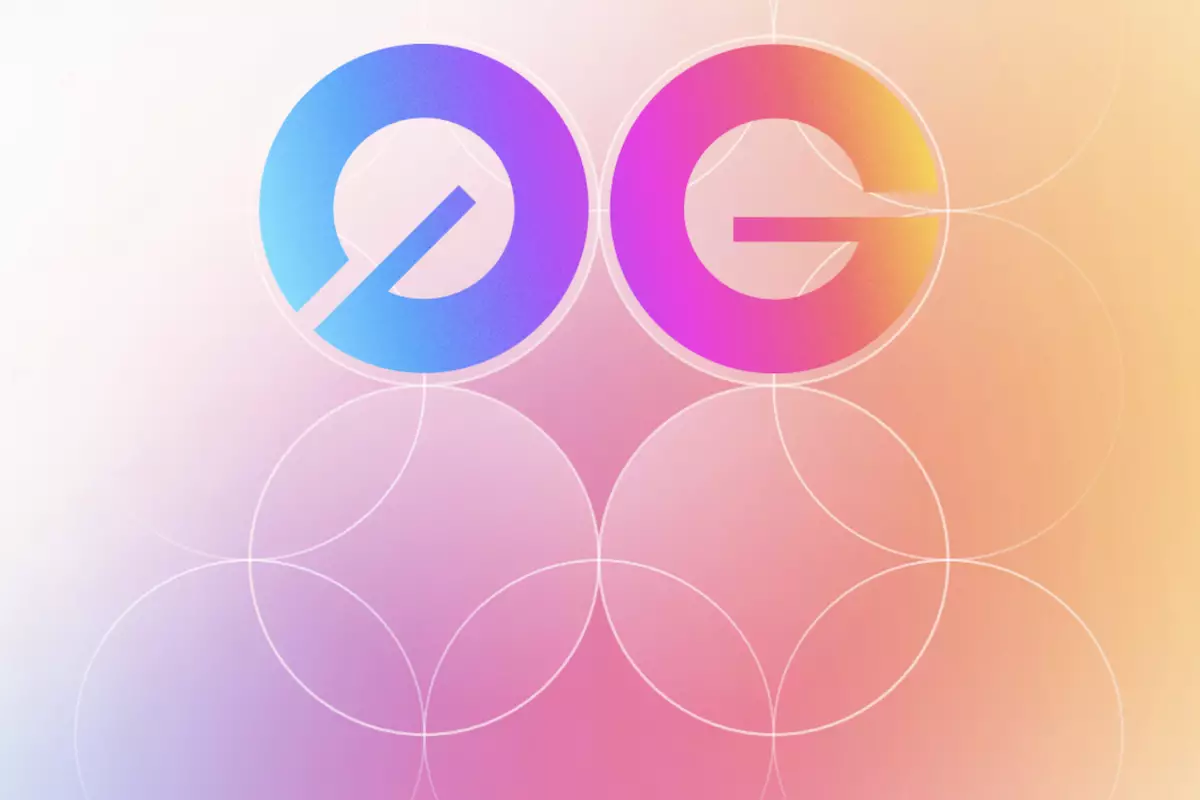The digital landscape continues to evolve rapidly, ushering in innovative technologies that redefine ownership and asset management in the blockchain world. A striking development is the introduction of ERC-7857 by 0G Labs, a new NFT (Non-Fungible Token) standard tailored specifically for artificial intelligence (AI) agents. Dubbed Intelligent NFTs or iNFTs, this standard opens up new avenues for how AI is perceived, utilized, and circulated on decentralized platforms.
Current NFT standards, such as ERC-721 and ERC-1155, have been instrumental in the rise of digital collectibles, but they falter when it comes to the complexities associated with AI. These traditional formats excel in handling static perceptions like digital art or tokenized game items but leave much to be desired for AI agents that require not only a method of ownership but also a mechanism for privacy and continual adaptation.
Privacy concerns are paramount in the realm of AI; algorithms and data models can hold substantial value, making it critical to cloak sensitive information from prying eyes. Existing NFT models expose asset metadata openly, jeopardizing intellectual property and functionality by allowing unauthorized parties to access prized AI codes. Moreover, they lack the capability for secure, dynamic updates as AI agents learn and evolve, often rendering the transaction incomplete and the asset vulnerable post-sale.
To combat these challenges, 0G Labs designed the ERC-7857 standard to integrate robust encryption and intelligent ownership mechanisms. At the core of this innovation is a secure metadata system that significantly enhances the protection of an AI’s intrinsic capabilities while enabling coherent proof of authenticity.
One of the standout features of iNFTs is the incorporation of oracles—trusted systems that oversee the re-encryption of sensitive data whenever ownership changes. This innovative process guarantees that only the new owner can access the core functionalities of the AI agent. Imagine a developer who has spent countless hours refining a neural network for a specialized task; when this AI agent is tokenized into an iNFT and sold, the new owner gains access seamlessly, with encryption safeguards in place to prevent data breaches during the transaction process.
The ERC-7857 standard permits an AI to evolve continuously without compromising security. This attribute is particularly beneficial for both developers and businesses, enabling predictable updates that align with the rapidly changing demands of the marketplace. In addition to bolstering individual successes, this architecture nurtures a thriving ecosystem of iNFTs where creators can claim royalties on subsequent resales, ensuring that those who develop these sophisticated agents reap the rewards of their innovation.
Numerous compelling use cases have emerged from the introduction of iNFTs. For corporations, internal AI tools like chatbots or advanced data analytics platforms can now be tokenized, simplifying the process of distributing these assets to various departments or partners while rigorously safeguarding proprietary information. This transition not only ensures security but also seamlessly integrates AI resources into a corporate structure.
For individual AI developers, ERC-7857 opens the door to a lucrative marketplace where specialized algorithms can be created as iNFTs, allowing them to earn ongoing royalties whenever these unique digital assets change hands. This innovative exchange potential could result in a surge of unique AI applications, as developers feel empowered to build more refined tools, thus stimulating an ecosystem rich in collaborative solutions.
Furthermore, the incorporation of AI-as-a-Service (AIaaS) models under this standard offers another layer of sophistication. Businesses and individuals can lease iNFTs on convenient subscription models, providing hassle-free access to specialized AI tools without the barrier of developing them from scratch. This model not only saves time but also aligns with today’s demand for agility and adaptability in business operations.
As 0G Labs unveils the ERC-7857 standard, the potential transformation in the relationship between artificial intelligence and blockchain ownership comes into sharper focus. With secure, intelligent NFTs facilitating the ownership, evolution, and commercialization of AI agents, a new paradigm emerges—one where both developers and businesses can thrive. By democratizing access, improving security, and redefining asset exchange, ERC-7857 stands poised to set a new standard in how AI is integrated into our digital economies. If embraced fully, this innovation could mark a distinctive turning point in the development of AI technology as a decentralized, owned resource, forever changing the landscape of digital assets.














Leave a Reply